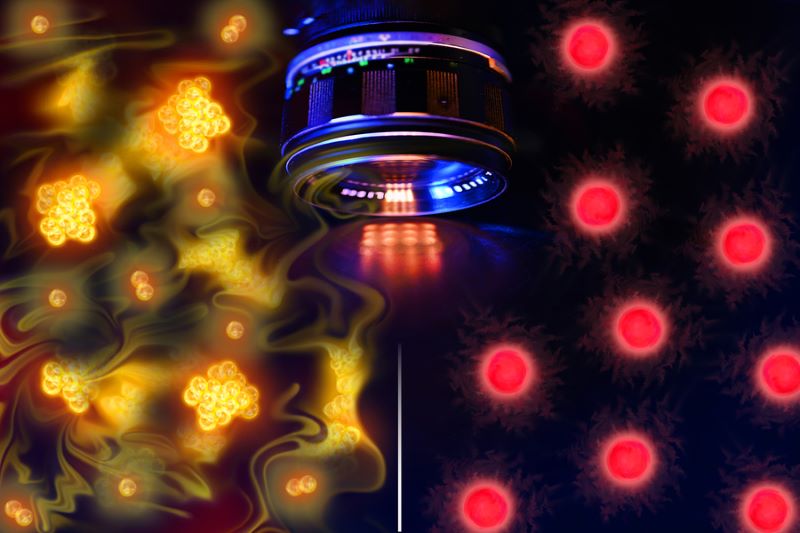Advancements in neuroscience have led to a groundbreaking development in brain monitoring technology. Researchers have designed electronic tattoos that can be printed directly onto the scalp, offering a faster and more efficient way to record brain activity.
This innovation not only promises convenience but also sets the stage for the future of non-invasive brain-computer interfaces.
How Electronic Tattoos Revolutionize Brain Monitoring
Traditional brain monitoring methods, like electroencephalogram (EEG) tests, involve a cumbersome process. Technicians must attach electrodes to the scalp using gels or adhesive, often taking hours to complete the setup. These setups can be uncomfortable, and the results may degrade as the gel dries.
With the introduction of electronic tattoos, these challenges are becoming a thing of the past. Nanshu Lu at the University of Texas at Austin and her team discovered a new method. The tattoos are created using a conductive liquid ink that is sprayed onto the scalp with precision. Once dried, this ultra-thin layer serves as a sensor that measures brain activity with accuracy comparable to conventional EEG electrodes.
Benefits of Scalp Tattoos for Brain Monitoring
The advantages of using electronic tattoos for brain monitoring are transformative:
First, it’s a quick technique as the tattoo application process can take as little as 20 minutes, significantly reducing preparation time compared to traditional EEG tests.
Moreover, these tattoos eliminate the need for sticky gels and bulky wires, providing a lightweight and hassle-free experience. They are also more durable. Unlike standard electrodes that lose effectiveness after a few hours, e-tattoos can function flawlessly for up to 24 hours.
Once the test is complete, the patient can easily wash the tattoo with water or alcohol wipes.
The potential applications of this technology extend far beyond medical diagnostics. Researchers are exploring its integration into brain-computer interfaces, enabling seamless communication between the human brain and external devices. This could revolutionize assistive technologies, such as prosthetic control and communication tools for individuals with disabilities.
Additionally, future designs may include wireless transmitters within the tattoos, making the setup entirely portable. This advancement could pave the way for continuous brain monitoring during daily activities, including sleep, offering new insights into neurological and sleep disorders.
Follow TechanDevices for more updates.









